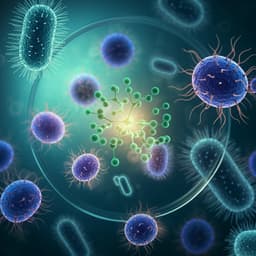
Chemistry
An autonomous laboratory for the accelerated synthesis of novel materials
N. J. Szymanski, B. Rendy, et al.
Discover the groundbreaking work of Nathan J. Szymanski and his team as they unveil an autonomous laboratory (A-Lab) for synthesizing novel inorganic materials. In just 17 days, they successfully created 41 new compounds, driven by the synergy of machine learning and advanced computational techniques, highlighting the immense potential of AI in materials discovery.
~3 min • Beginner • English
Related Publications
Explore these studies to deepen your understanding of the subject.







